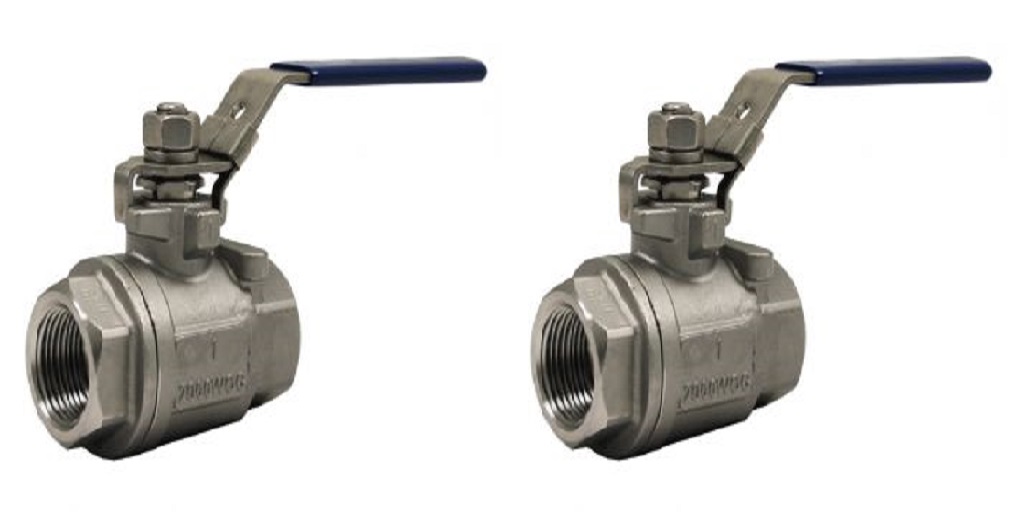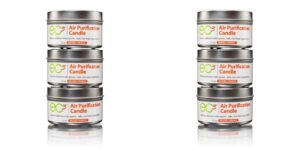
Ball valves are specialized fittings, a shutoff mechanism consisting of a ball with a bore drilled through the middle of it controlled by a handle or lever. By rotating the ball in its bearing, the flow of a gas or liquid through a line can be easily controlled.
Stainless steel ball valves, specifically, have a wide range of applications. Here are a few things you should know.
What Is a Ball Valve?
A ball valve is a special type of valve used to control the flow of gas or liquid where a simple shutoff (on or off) is required.
The valve inside the fitting consists of a ball with a hole drilled through the middle that can be turned 90° via a handle to open or close the valve.
These types of valves are simple to operate, versatile, long-lasting, extremely durable and reliable, and seal well even after many open and close cycles.
Ball valves themselves offer a lot of advantages. One is ease of operation; only a quarter turn is required to open or close the valve.
They also incur low to zero maintenance costs, with virtually no chance of leakage, and they don’t require lubrication.
Why Stainless Steel?
Many ball valves are made of either brass (commonly lead-free brass) or stainless steel, but there are several advantages of using stainless steel ball valves.
While most no-lead brass ball valves are often comparable in price to stainless steel ball valves, stainless steel is stronger and therefore often has a higher operating pressure range. This can make stainless steel valves more reliable in more demanding applications.
Stainless steel is, as a whole, more corrosion resistant than brass, making it preferable in many instances in which harsh, reactive, or corrosive substances might be encountered. This is especially important with respect to valves as even minimal corrosion can compromise the valve seal.
Are There Different Types of Stainless Steel Ball Valves?
Often the configuration of a ball valve has to do with the number of pieces the fitting contains.
One-piece ball valves are affordable, economical, and since they have no moving parts, extremely durable. This makes them highly resistant to leaks as well, although they can be more complicated to clean.
There are also two and three-piece ball valves (with various additional ratings) the latter of which can often be disassembled for easier cleaning and maintenance, where needed.
What Are Ball Valves Used for?
Stainless steel ball valves have a wide range of suitable applications, including but not limited to the chemical, petrochemical, water, oil and gas (WOG), plumbing, mining, and even the food and beverage industries. They have a wide range of industrial, commercial, and even residential applications (such as water-shutoffs inside a home).
Where Can You Learn More About Stainless Steel Ball Valves?
For high-quality, 316 stainless steel ball valves in 1, 2, and 3-piece configurations, visit Proflow Dynamics. They carry a wide range of quality ball valves and a lot of helpful and informative reference material on their website; you can learn more there or contact them directly at [email protected].


